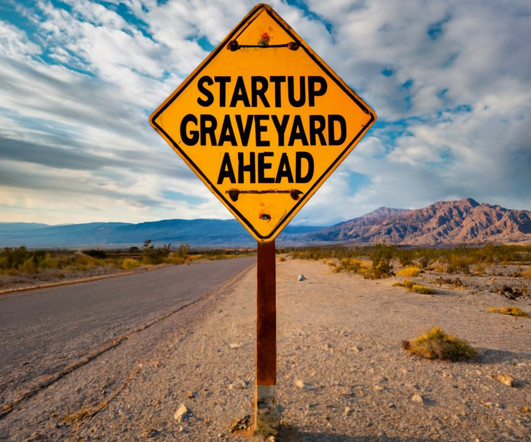Startup death rates spike as we approach Q4 2023
VC Cafe
SEPTEMBER 28, 2023
The Carta data showed the following trends: About half of the companies that closed had not raised any venture capital, relying solely on bootstrapping, angel investors, or other sources. For those that did tap VCs, 90% were either Seed or Series A stage companies. It comes with the territory.




























Let's personalize your content